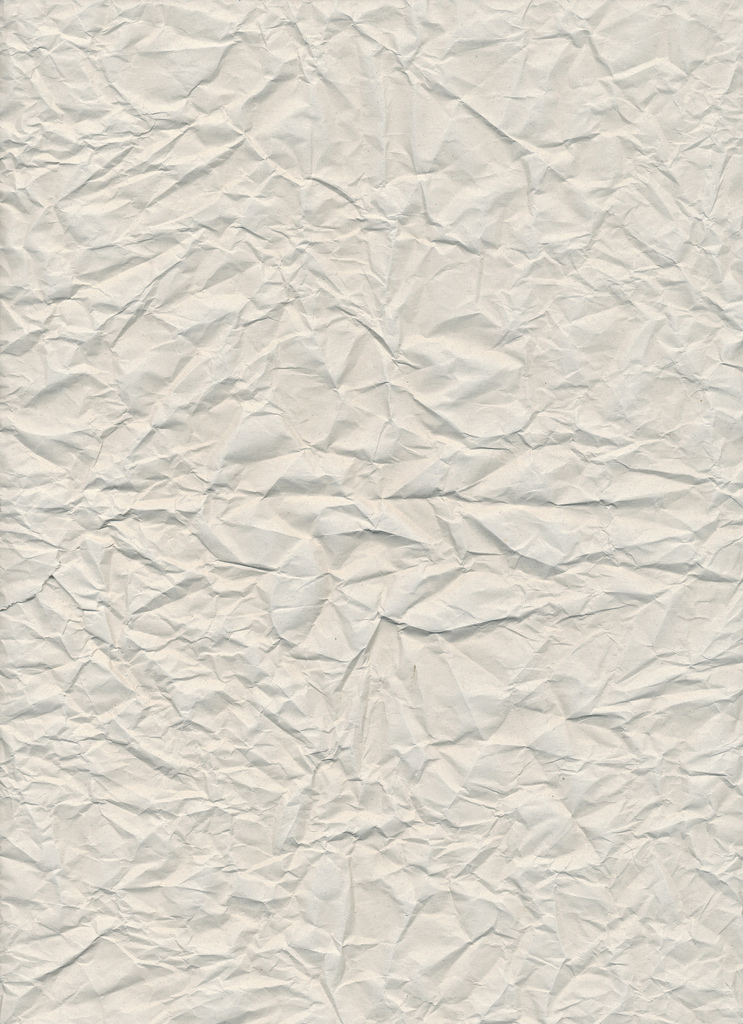Mary Bale has been transformed from that nondescript middle-aged bin lady into a “viral villain”, with more enemies than Osama bin Laden.
Somewhere in west London last week a cat had a very lucky escape. During one of those rare breaks in the incessant rain, a neighbourhood pet hopped into the flower bed outside my back door, and left me a fresh deposit of manure. I was not pleased.
I looked in vain for the culprit, but it was long gone. Things might have been very different for both of us had I located the offending animal anywhere near a large receptacle — say a wheelie bin — that also happened to be under CCTV surveillance. We could then have been starring in our very own YouTube video, with my face plastered all over the internet as Villain of the Week, just like Coventry resident Mary Bale.
[youtube=http://www.youtube.com/watch?v=WVC3bXOWc88&fs=1&hl=en_GB]
The 45-year-old bank worker was filmed lulling the unsuspecting tabby Lola into a false sense of security with her well-practised “I love cats routine”, before tossing the poor animal into a roadside bin. Lola’s ordeal lasted more than 15 hours, before she was rescued by her owners. Judging by the Facebook furore and the screaming headlines, Bale’s notoriety is going to last a good deal longer.
Now, I wouldn’t dream of subjecting anyone’s pet to this kind of callous treatment, no matter how often it treated my property as its own private latrine. My “live and let live” attitude extends to all God’s creatures — even flies — though the neighbours who toss cigarette butts onto my gravel are on very dodgy ground. But Bale’s moment of madness, which provided another brief diversion during silly season, made me realise how easily an unguarded moment can turn into an international incident.
The corollary to Andy Warhol’s oft-quoted “In the future, everyone will be world-famous for 15 minutes”, is that Facebook will allow their deeds to live on in infamy for days, weeks and perhaps even longer. Since Lola’s owners posted footage of the crime online, Bale has been transformed from that nondescript middle-aged bin lady into a “viral villain”, with more enemies than Osama bin Laden. (No pun intended, of course.)
At the time of writing, the Facebook Mary Bale Hate Group had 9,286 followers. Let’s give them their due, some of these posters — ” 8 out of 10 cats hate Mary” — obviously possess the sophisticated sense of humour that is so lacking in Ms Bale. But the Death to Mary Bale page, with its calls for imaginative medieval-style punishment, has now been taken down. I’m sure that won’t stop the extremists masquerading as animal lovers from spreading their message of hate on YouTube and into the blogosphere.
Bale’s tragicomedy has provoked further hand-wringing among journalists who are still reeling from the Facebook love-in spawned by the life and death of gunman Raoul Moat. In a piece sparked by the Bale incident, The Independent’s Rhodri Marsden asks “Why are we consumed by this urge to hate?” His list of the UK’s “Most Hated”, which includes Bale, BP’s Tony Hayward and footballer Ashley Cole is the perfect summation of this summer of simmering discontent. I don’t know about you, but with all this time spent fulminating about England’s World Cup flops and feeling outraged at the demise of a once-great British company, I’ve barely had time to enjoy the season’s more traditional pursuits.
Marsden rightly points out that “Online anonymity or pseudonymity, coupled with the simplicity of airing one’s grievances, propels debate to levels of hatred that are simply not real.” But the specious analysis in the so-called quality press is as much to blame as the intemperate tabloids, in hyping these Facebook hate pages into a new and worrying social trend.
Pillorying people like Mary Bale on social networking sites is, admittedly, not an example of human nature at its best. It’s childish and a waste of time. As an outlet for hostility towards others, I still find it less disturbing than a willingness to turn up for public floggings and executions.
The truth is there’s nothing remotely new in the toxic combination of righteous indignation and vitriol that is inevitably generated by the perceived idiocy of others. In the 70s Mary Bale would probably have been immortalised on some funky t-shirts and badges. Now she’s a “star” on Facebook and her shameful behaviour has been accorded the ultimate accolade of a spoof on YouTube.
[youtube=http://www.youtube.com/watch?v=pYyI51a463E&fs=1&hl=en_GB]



